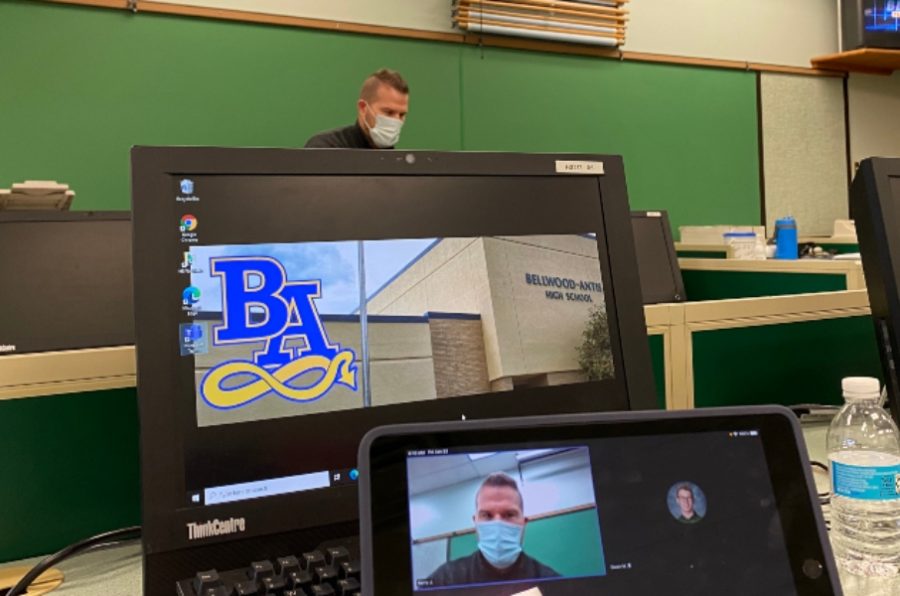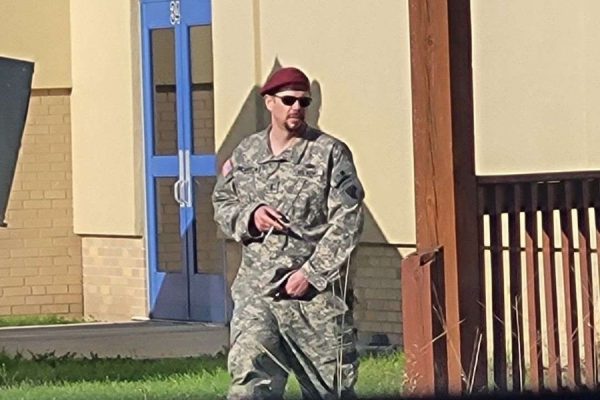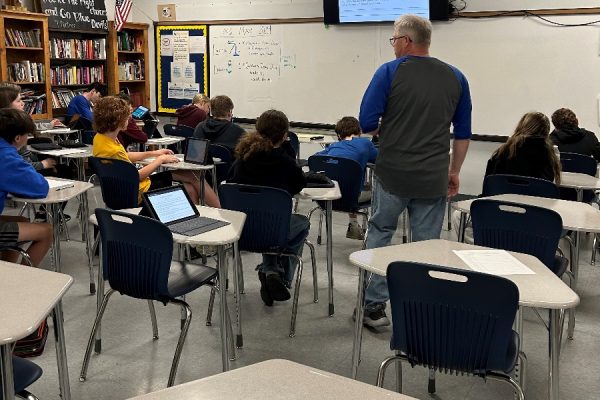How the digital divide has affected Bellwood students
The division between those who have technological advantages and those who do not exists at Bellwood-Antis.
January 21, 2021
Within the last year COVID-19 has caused schools around the country to completely change the way they operate, and for many school districts, online or hybrid learning has become the status quo for students.
For the most part it has gone well including at Bellwood-Antis. However, online learning comes with its own set of challenges. One such challenge is something called a digital divide.
A digital divide is the gap between students who have readily accessible technology such as computers, phones, tablets, and WiFi, and those who do not. Every school in the world has a digital divide to some degree but in some it is more prominent. In some cases the divide is caused by socioeconomic factors, while in others the divide stems from structural inefficiencies.
In the United States one in four students lack an adequate internet connection or the necessary devices for things like remote learning. This means that 15 to 16 million students nationwide aren’t at their optimal learning level when participating in virtual learning. COVID-19 has only recently brought this problem into the light due to schools around the country moving to virtual and hybrid learning plans.
In Bellwood it is safe to say that a majority of students have access to adequate technology at home, but even when they don’t the school has tried to help with this problem by distributing iPads to every student in the district. These iPads have created a way for all students to stay connected to the school and properly attend online classes.
Jamie Forshey, Director of Instructional Technology at Bellwood, was asked if any problems had arisen regarding students’ ability to use iPads or other technology from home.
“Fortunately, there is only a small subset of our student population who lack the necessary resources to complete their classwork at home, but when these technical issues arise, our technology department works with families on a one-to-one basis to resolves these issues,” she said.
Bellwood is fortunate enough to have small number of students who lack necessary technology for virtual learning/classwork, but B-A has a plan for those students who need internet access.
“When this problems arises the technology department takes care of it. For example, we provide jet packs to students who do not have WiFi access to ensure they have equal access to materials and assignments,” said Ms. Forshey.
Jet packs are mobile hot spots that provide access to LTE internet access like one would on a cell phone.
In this technological age the digital divide continues to shrink; however it still affects a smallnumber of students even in Bellwood. But with the help of our technology department a new age of learning is becoming accessible for nearly everyone in Bellwood, and with the access to resources such as iPads students’ opportunities to learn becomes endless.
















